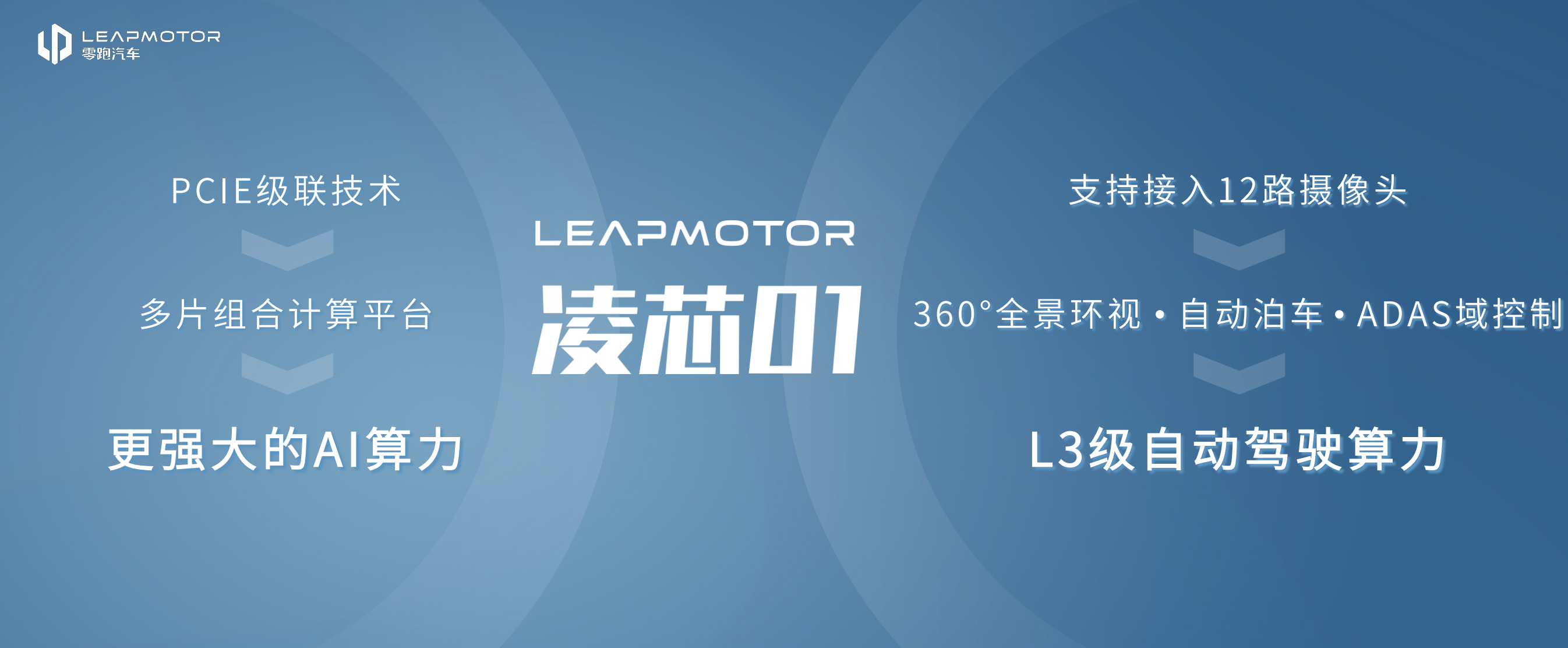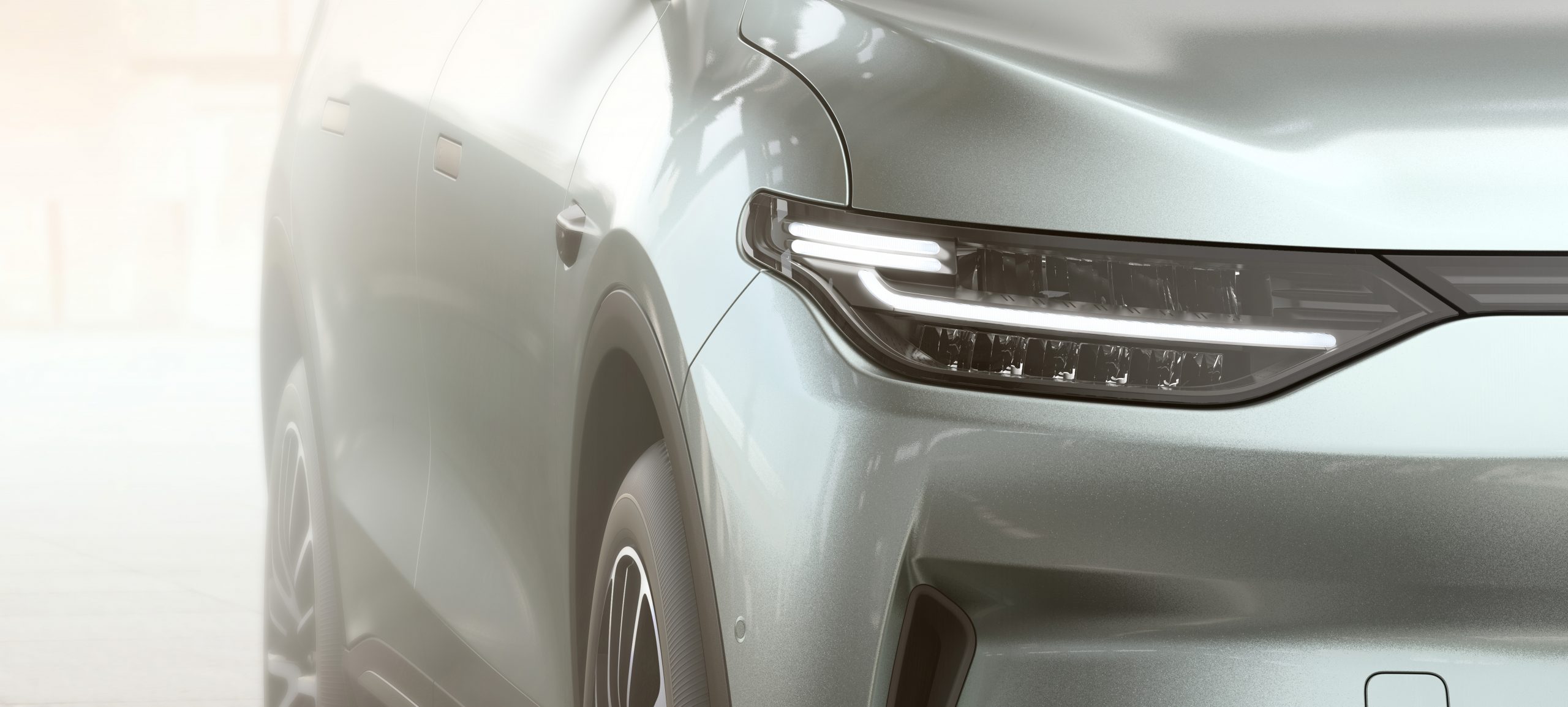On October 27th, LI (Zero Run) in Beijing launched China’s first vehicle-level AI intelligent driving chip with completely independent intellectual property rights, the Lingxin 01.
In November, LI C11, which will debut at the Guangzhou Auto Show, will be the first to be equipped with the Lingxin 01 and a complete set of independently developed intelligent driving solutions. The new model is equipped with 10 cameras, including 2 front-facing cameras, 2 cameras for the front and rear blind spots, and four panoramic cameras. In addition, it is also equipped with 5 millimeter-wave radars, 4 corner radars, 1 forward radar, and 12 ultrasonic sensors. According to Zhu Jiangming, the founder and chairman of LI Auto, “C11’s hardware has already reached L3.”
In fact, in 2018, LI announced that it would self-develop chips. After three years, it finally brought us the Lingxin 01. Zhu Jiangming explained that this chip was designed by Chipsen Technology, spun off from the chip research institute of Zhejiang Dahua Technology Co., Ltd., and is manufactured by TSMC using 28-nanometer technology.
As the first domestically developed vehicle-level AI intelligent driving chip with completely independent intellectual property rights, the Lingxin 01’s CPU processor adopts Alibaba’s subsidiary Pinecone Semiconductor’s “Xuantie C860” and integrates a high-performance AI neural network processor and an 8-core neural network processor. It has lower overall power consumption, stronger openness and is more secure and reliable. Moreover, the Lingxin 01 chip can be combined with multiple chips through PCIE cascading technology to provide more powerful AI computing power, support connecting to 12 cameras to achieve 360-degree panoramic view, automatic parking, ADAS domain control, and nearly L3-level automatic driving function.
LI Auto also stated that it will continue to increase its investment in algorithms and continuously match and upgrade intelligent algorithms for the chip, advancing through a collaboration of hardware and software.
With the iteration of autonomous driving technology and the wider application of perception hardware, more and more road information is collected, and higher requirements for chip computing power are needed. Currently, except for Zero Run, Tesla is also a self-developed chip, but from the calculation power data, the gap between 4.2 tops and 144 tops is still quite obvious.
In Zhu Jiangming’s view, Zero Run’s software optimization is the killer feature. He said that Lingxun 01 has advantages in memory bandwidth and video data stream optimization. And they understand various internal needs better,
“So, although our chip has only 4.2T computing power, it may exceed others by 10T, because we have broken all bottlenecks, and all data flows are the smoothest and most effective.”

Still, we should applaud Zero Run’s courage to be the first. The main difficulties of self-developed chips are architectural design and manufacturing processes. Large investment, long R&D cycle, low fault tolerance, and the need for a large number of high-precision equipment during the manufacturing process are obstacles that need to be overcome. For example, Intel spends over 10 billion dollars on R&D annually and has more than 50,000 engineers. As we can see, the amount of work involved in chip R&D and manufacturing is far beyond our imagination.
As Chairman Zhu Jiangming said, if smart cars achieve a certain scale, their overall performance and cost-effectiveness must reach the extreme, and the key is to have their own smart driving chips. For the development of smart cars, smart driving is a high point and a key breakthrough point.
This article is a translation by ChatGPT of a Chinese report from 42HOW. If you have any questions about it, please email bd@42how.com.
